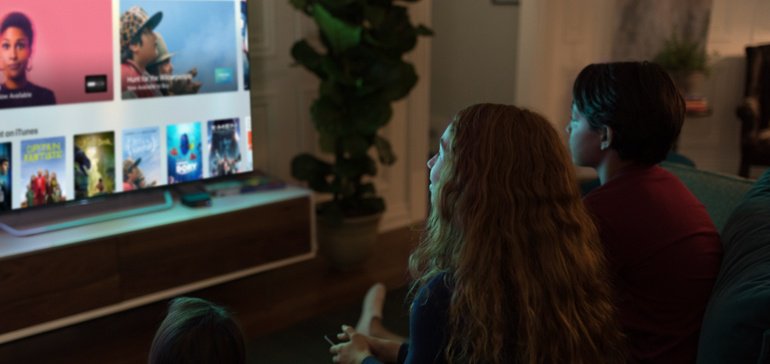Brief:
- Viewers are much more likely to follow up on a TV ad when using a phone or tablet at the same time, according to a study by media agency MediaCom and technology company ViewersLogic. Their research suggests that mobile devices don’t take away attention from TV commercials, per a statement shared with Mobile Marketer.
- “Second screening,” or watching TV while using a mobile device, improves the viewer’s chances of following up on an ad by 75%, significantly improving its effectiveness. Women are more likely than men to respond to an ad while second screening, as 59% of their active responses happen while using a mobile device, compared with 51% of men.
- People who saw ads while second screening were observed as being more “brand aware,” with a difference of 12 percentage points between those who were second screening during ad exposure and those who weren’t. MediaCom and ViewersLogic studied the viewing habits of 1,877 people in the UK.
Insight:
While the synergy between TV viewing and mobile use is well established, MediaCom and ViewersLogic’s study provides some interesting insight into how this translates for advertisers in terms of engagement and taking action. A number of big brands like Disney have created mobile content specifically designed to enhance TV viewing, but the study suggests a positive halo effect from second viewing even without these specific integrations.
Instead of distracting viewers from TV, mobile devices can help to boost the engagement with commercials. People who use mobile phones while watching TV also are generally less likely than non-users to change channels, per the report. The so-called “zapping rate” is 10% lower while viewers are engaged with their mobile phones than without them. The one exception is the 18-24 age group, who change channels more frequently while second screening.
It’s easy to see second screening engagement in action, especially on social media platforms like Twitter or Facebook where people will post commentary while watching TV, especially live events like the wedding of Prince Harry and actress Meghan Markle that spawned millions of posts with the hashtag #RoyalWedding. Social media give people a chance to participate in TV programming.
The findings also support the idea that second screening can lead to viewers taking an action. The 40-54 age group was the most responsive, with 57% of all active responses happening while second screening. That drops off for people older than 55, who showed the lowest response rate at 50%.
The higher likelihood that mobile users will stick with programming should be encouraging to marketers who are concerned about distracted audiences. EMarketer forecast in 2016 that by 2018, 79.1% of Americans would have an internet-connected smartphone, and that 91.6% of internet users would use the web and TV at the same time. The researcher also found that most viewers were looking at content that was unrelated to a TV program, with only 26% of media using consuming related content online while watching TV. However, eMarketer forecast that engagement rates would steadily increase over time as mobile web and apps helped viewers get more information about a show or sporting event, such as an actor’s name or stats about a team.

